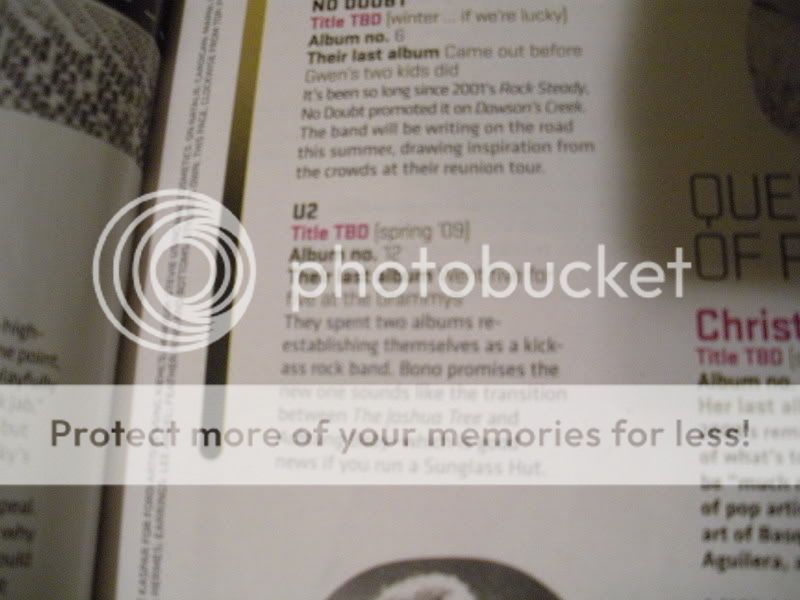Registered Dude
Rock n' Roll Doggie Band-aid
that's blender right? not the uncut mag
that's blender right? not the uncut mag
that's blender right? not the uncut mag

Yeah, I think it was almost pointless to start a thread about an article that's not even gettin' posted.
Something that is way behind the times, lol. Here is a crappy picture of the short "review".

"Thier last album"
Something that is way behind the times, lol. Here is a crappy picture of the short "review".

Porni just tried to Google "Uncut" and a bunch of porn andcame up. Seriously



That;s actually their description of TUF..."album of shimmering textures"

Yes yes.
EPIC FAIL
 Finally somebody told us what it was all about.
Finally somebody told us what it was all about.Hi, I bought Uncut on the way to work and have given the NLOTH preview a quick read. It’s a short interview with Lanois on the album.
He repeats some stuff already said before (president of the company, etc…), but adds some interesting tidbits:
- Larry used electronic drums in the original impro sessions (South of France and Fez) in order to participate more fully in the music while not leaving everybody else deaf with the volume of his drumming. Lanois says that this was a good way to improve communication while still being able to get unusual and powerful drum sounds. These electronic drums were meant to be sketches to be replaced by real drums, but quite a few of these drum tracks made it onto the album.
These electronic drums were meant to be sketches to be replaced by real drums, but quite a few of these drum tracks made it onto the album.



Something that is way behind the times, lol. Here is a crappy picture of the short "review".


